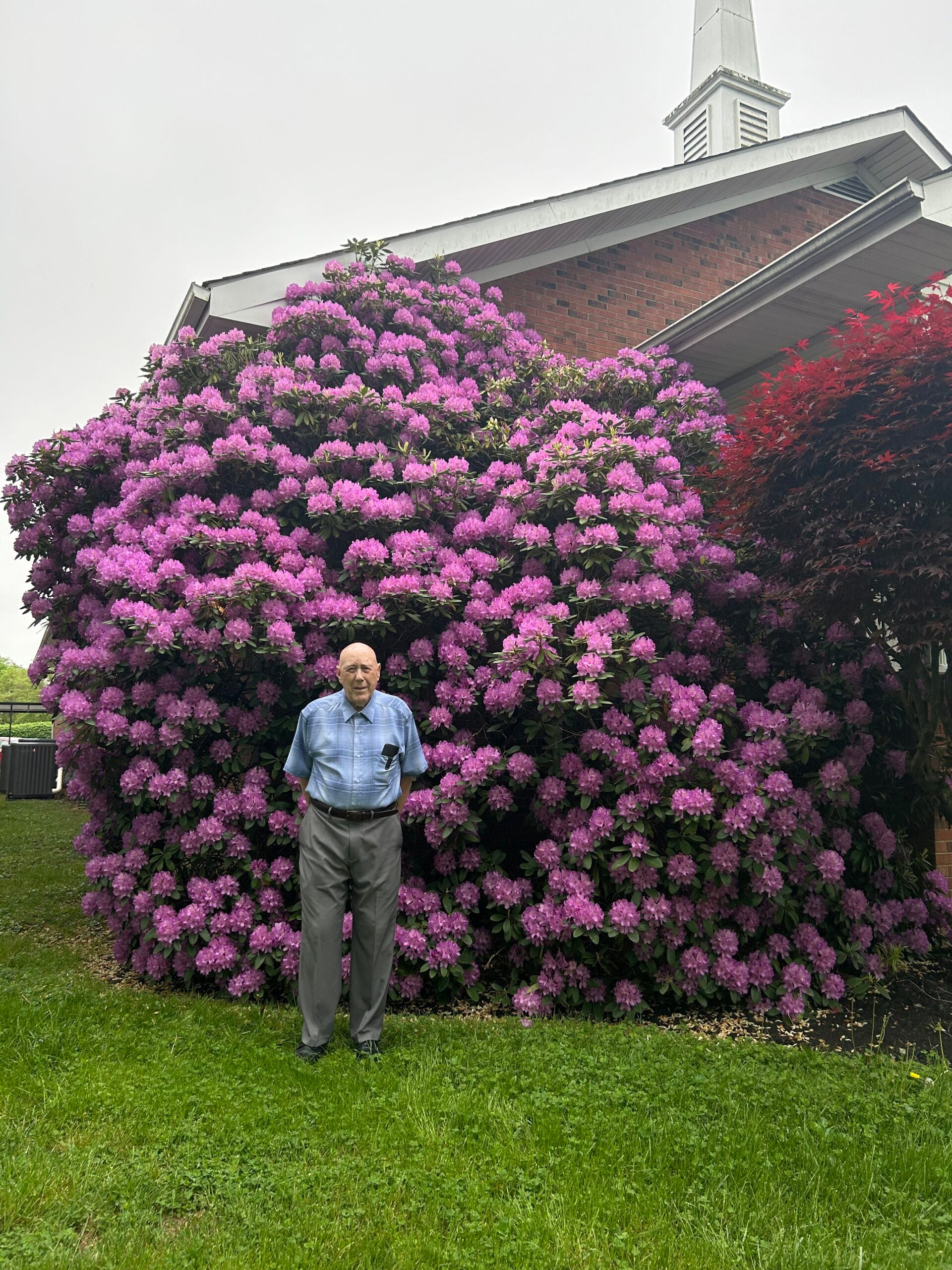Portrait project seeks to help bridge divides of race, class
Published 9:46 am Monday, March 11, 2019

- The Winchester Sun is one of many downtown business that will display portraits of the "I Was Here" project. The opening reception and artist talk is at 7 p.m. March 15 at the Leeds Center for the Arts.On Saturday, March 16, artists will lead an “on-the-street museum walk” at 9:30 a.m. beginning at the Clark County Courthouse and culminating in a community conversation at the Leeds Center for the Arts. (Photo submitted)
Clark County residents will soon take part in the first-ever outdoor museum in downtown Winchester.
It will feature more than 20 “hauntingly beautiful ancestor portraits,” which Winchester resident and supporter of the project Syndy Deese said will stimulate a new conversation about “who we were, who we are and who we could be.”
“I Was Here” is an artistic collaboration between poet Nikky Finney, artist Marjorie Guyon and photographer Patrick J. Mitchell. Deese helped the artists bring the project to Winchester.
The public art exhibit, composed of 23 Ancestor Spirit Portraits, seeks to bridge divides of race, class and culture. The Greater Clark Foundation (GCF), Clark County Community Foundation (CCCF) and Wells Fargo provided funding for the public art project.
The project debuted in October in Lexington’s Cheapside Park, which was once one of the largest slave auction sites in the country.
Winchester is the first community to welcome the traveling exhibit of the Ancestor Spirit Portraits. The artists will install the portraits in downtown windows in mid-March.
In the news release, Alex Rowady, chairman of the CCCF Advisory Board, said the portraits would spark reflection and conversation.
“It may be difficult, but dialogue about these tough subjects often leads to understanding and acknowledgment,” Rowady said. “This is what will help propel our community forward to be more inclusive.”
Guyon told The Sun she hopes the exhibition creates a new model for how people see one another. She said it would touch each person differently but hopefully serves as a way to reflect and move forward to make the world a more positive place.
The project caught the attention of Wells Fargo Advisors and the Wells Fargo Foundation because it fits the company’s vision, values and goals including a shared commitment to diversity and inclusion, corporate citizenship, and team member engagement. The company funded the creation of the original art in Lexington and is also supporting the Winchester installation.
In the news release, Vincent Hill, Sr., advocate coach, Wells Fargo Advisors, said “I Was Here” provides a new lens through which to see one another.
“It’s not designed to evoke pride or guilt, but provide another vehicle for us to move forward together, and gives us another opportunity at Wells Fargo to provide courage and leadership to show the inherent humanity of us all,” Hill said.
The artists have recreated the original art pieces as roman shades that can be lowered at night to bring the “Ancestor Spirit Portraits” into view.
The faces and bodies of the nine models used by the artists are artistic representations of those unnamed ancestors.
Deese said she saw the project as an opportunity to continue the work of bridging the gap of the racial divide that exists in Clark County, similar to the work Better Together Winchester and others are doing.
Guyon told The Sun the initial idea for the project sprung out of conversations she had with a woman she met following the 2016 Election Day.
They discussed the divide in the country and what they could do to help shift the spirit of the country.
One day, while talking in Guyon’s studio, which overlooks Cheapside, Guyon spoke of an idea she had about a mother and child appearing and disappearing in the windows. Guyon photographed the lady and her son, and after looking at the images, she realized there was a more profound project at play.
From there, the idea for “I Was Here” was born.
The artists installed large-scale renditions of the Ancestor Spirit Portraits, integrated with Finney’s poetic language, in select windows and doorways that surround the Old Courthouse in Lexington. Each business owner became a docent, informing their customers or clients about the art in their windows — taking away the formality of a museum tour guide and replacing it with a peer capable of igniting intimate dialogue. Deese said the artists would do the same in downtown Winchester.
The opening reception and artist talk is at 7 p.m. March 15 at the Leeds Center for the Arts. It is free to attend, but attendees must register through LeedsCenter.org.
On Saturday, March 16, Guyon and Mitchell will lead an “on-the-street museum walk” at 9:30 a.m. beginning at the Clark County Courthouse and culminating in a community conversation at the Leeds Center for the Arts. The event is free, but attendees must register through LeedsCenter.org.
Part of the conversation will be a discussion of a second phase of the project planned for later in the year. The artists will work with Clark County residents and utilize iconic locations throughout the community to create a true “identity of place” that bridges the divides of race, economic status and geography.
In a news release, Jen Algire, president and CEO of GCF, said she hopes the community sees ‘“I Was Here” for what it is — a living memorial to enslaved Africans who built “our communities and made us who we are.”
“The wounds of slavery are real,” Algire said in the release. “Healing these wounds requires naming and acknowledging those things that have kept us from truly fulfilling the vision of an America in which all are created equal. This project — along with other opportunities to commit ourselves to diversity, equity and inclusion this year — call us to active reflection to be the change we want to see in our world.”







